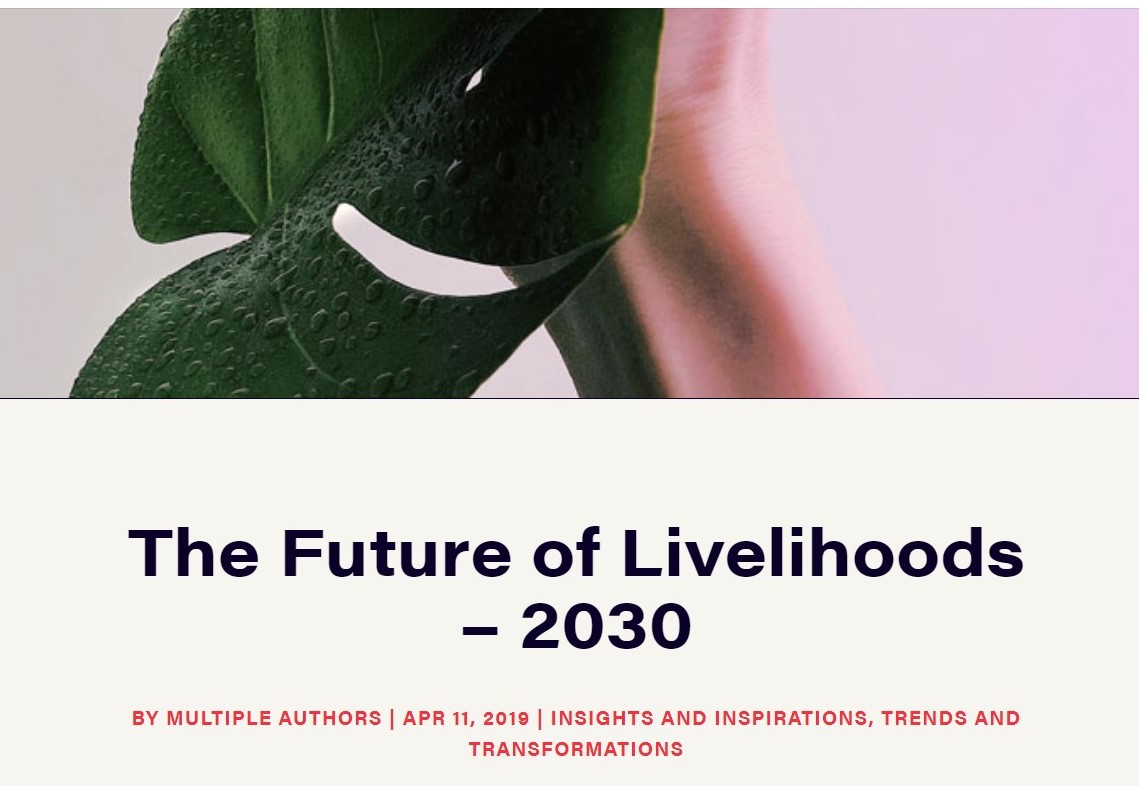Advocacy - Livelihoods Centre
Awareness and Advocacy
Awareness and Advocacy
Awareness and Advocacy Content
In Strategy 2020 livelihood was included in Objective 1. Save lives, protect livelihoods and strengthen recovery from disasters and crises.
The inclusion of Livelihoods as one of the most critical priorities in Strategy 2020 has been key for the recognition of this sector and its contribution to alleviate suffering and help people recover from disasters. This also resulted in the creation of the IFRC Livelihoods Resource Centre in 2010 to support National Societies in livelihoods preparedness, quality programming and capacity building, guided by the position paper A Livelihoods Approach for the IFRC and the IFRC Guidelines on Livelihoods Programming. Since then, many National Societies have strongly emphasised working in this sector.
Livelihoods programming within RCRC Movement has focused on three main areas: protection and recovery; support to livelihoods in rural areas; and income-generating activities. These types of livelihood programmes will still be valid. Protecting communities’ livelihoods before and after disasters, restoring income sources and employment is critical in rebuilding people’s lives after shocks and strengthening their resilience in the long run.
In the decade leading to 2030, the RCRC needs to develop and extend its livelihoods programming to adapt to a changing world, reach further and cover new areas and contexts. New phenomena, like the exacerbation of the effects of climate change on a growing global population, increasing social inequalities or the persistence of violence in different forms have also reinforced the relevance of livelihoods within the humanitarian agenda. Such changes will transform RCRC livelihoods programming to adapt and upgrade its work for this new era to respond to new challenges.
THE FUTURE OF LIVELIHOODS - 2030
This position paper, released in 2019 by LRC and IFRC, summarises the main trends in RCRC Livelihoods Programming to face new challenges:
- Migration, particularly to urban settings, will continue to increase with more people moving for multiple socio-economic, political, and climate-related reasons. The needs in terms of sustainable livelihoods for both newcomers and host communities will continue to increase.
- Climate-related disasters will increasingly damage traditional livelihoods and will lead to a change in economic models and livelihood options, forcing diversification of livelihoods.
- The food system, with a growing population, will need to become more efficient and environmentally friendly while mitigating disaster risk and preserving scarce natural resources.
- The future of work and labour will require new types of learning, social programmes and services in all countries.



